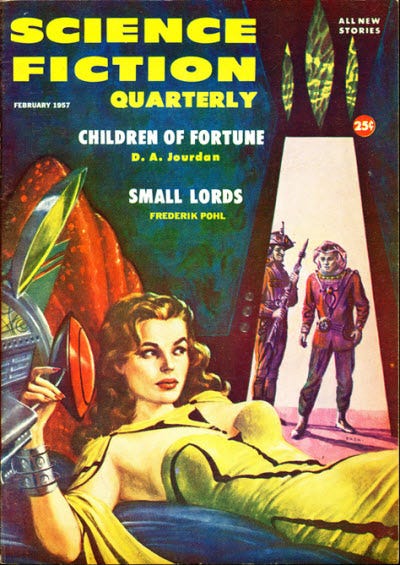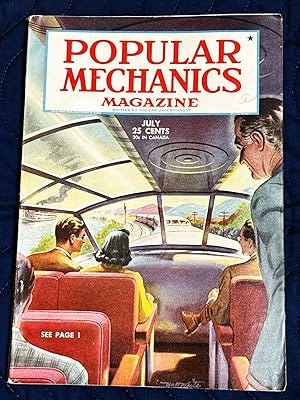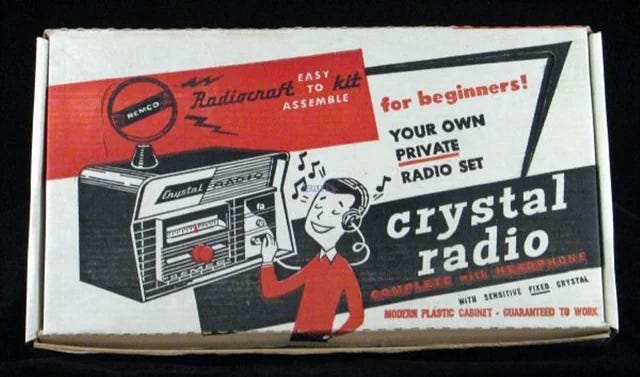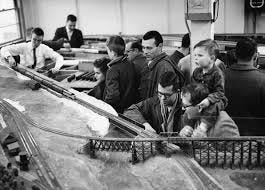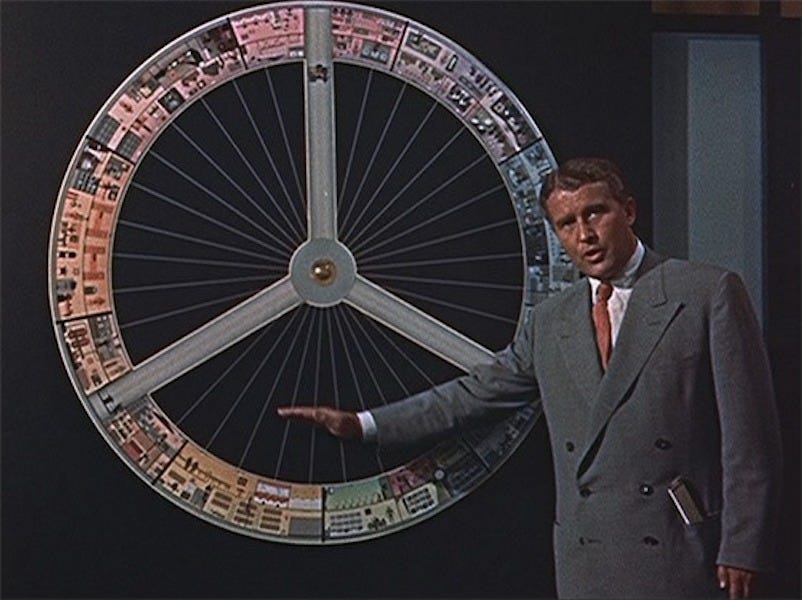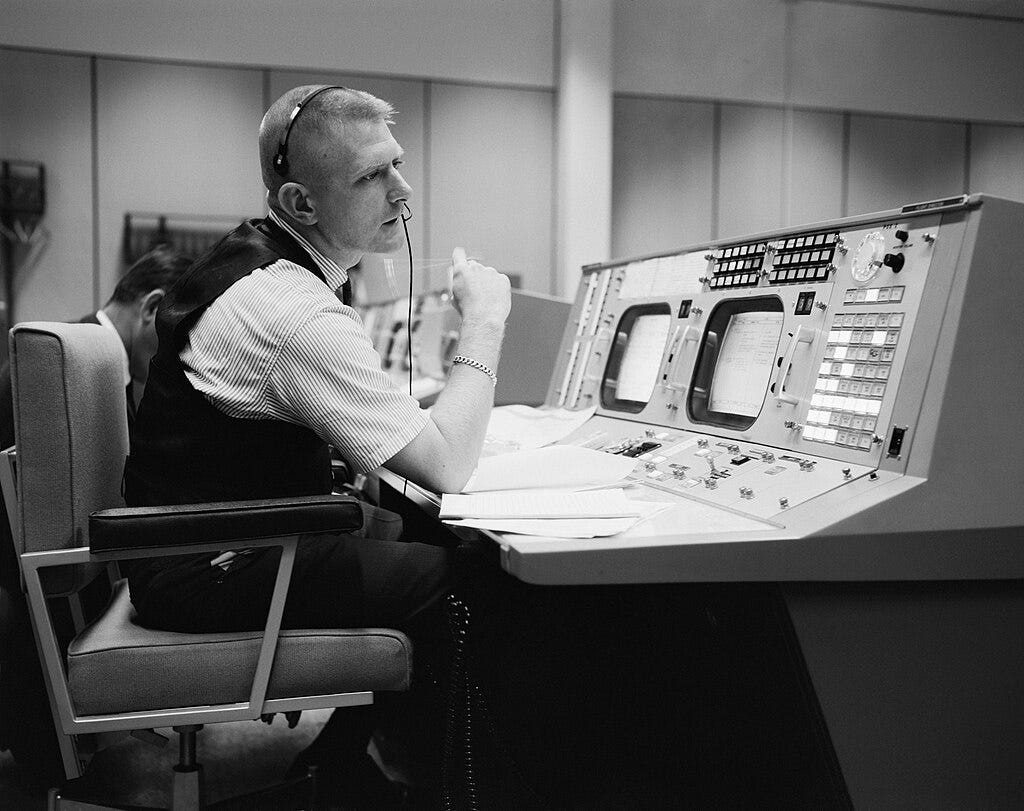NOTE:
None of the images and photographs used in this article are the product of artificial intelligence. They are the remains of a lost world which might one day return...
The culture of the thinking man matters far more than most of us realize. All cultural developments in the wider world lie downstream of the educated segment of society; it is there where any societal trend begins. There are many criticisms of the culture of the Information Age elite, but few alternatives to it have been proposed. For our elite live in an unparalleled panopticon; a perfect environment for the mindless propagation of ideas divorced from reality. Their senses dulled by vapid and dopamine-inducing entertainment, even the most intelligent among them believe in their own delusions. Unsurprisingly, the dysfunctional culture of this Information Age has resulted in the emergence of the proverbial Last Man; a creature who, although boundless in terms of his own ego, is wholly incapable of recognizing any form of truth, goodness or beauty in this world. If we are to find our way out of the darkening morass, we must study another era, one where the pixel did not yet reign.
Therefore, we will examine the values and culture of a more functional and productive period of Western civilization. The Space Age can be best defined as the period of American history when technological development was driven principally by national defense. It is a period distinct from our own Information Age, in which innovation and indeed the whole shape of society is defined by the narrow dictates of a consumer economy. While the values and morals of the Information Age have been thoroughly described here, in this essay, we are principally concerned with the technical culture of the Space Age. This culture was vastly different from that of our own, reaching its zenith within the America of the mid twentieth century. In those days the age of electricity was fully formed, yet the way of the Gentleman Scientist had not yet vanished from the earth. It was then that the Great Pursuits were at the height of their popularity. This cultural environment lead to some of the greatest technical achievements of Western civilization.
Culture has many components, those most salient to our discussion being literature, science, and pastimes. For the sake of argument we will be considering film as an extension of literature. Each pursuit has a different effect upon the mind. While fiction inspires man to imagine, nonfiction aids him to see, and pursuits spur him to act. Therefore these domains, when taken together, provide a coherent picture of the world.
The authors of science fiction in those days for the most part made strong efforts to portray a physically plausible world, with plotlines often dependent on novel discoveries of the time. The best of this fiction was concerned largely with examining hypothetical scenarios, rather than providing readers with franchise content set in predictable fantasy worlds. While technology was shown to develop far beyond the reaches of imagination, human nature was most certainly depicted as something real and immutable. The same sorts of red-blooded adventure first developed in westerns and detective novels took place in new realms far beyond the Asteroid Belt. Plots often unfolded in some latter chapter of the Age of Discovery in the far reaches of outer space; a further iteration of Manifest Destiny. While such depictions diminished upon discoveries in the early Sixties that Mars and Venus were both uninhabitable, a shift towards the portrayal of dystopian worlds was mostly a result of the social deterioration of that time. It is worth noting that many of the most common science fiction franchises of the Information Age originated then. There have been indeed few films made from the works of such authors as Heinlein, Bradbury, Stapledon and so many others from this era; their message would be indeed entirely unfit for the insipid Last Men of the Information Age.
Popular science and technology magazines were also vastly superior to those of today, particularly in the quality of their graphics. Articles were often written by the brightest minds of science, unfiltered by the meager intellect of the self-proclaimed “science writer”. They provided a bird’s eye view of the frontiers of knowledge which is rarely seen today. The broadly optimistic view of human progress found within them was largely consonant with the concepts promoted in the science fiction of the time. I still cannot tell from whence their decline has come, but evidence for such deterioration is increasingly undeniable.
Perhaps most importantly, the leisure activities of the nerd’s progenitors were concerned with the study and mastery of the physical world. It is indeed quite possible that the best minds of our own age have been wasted in the enjoyment and development of video games. The modern admonition to the introverted thinker to simply play more sports, while well-intentioned, is insufficient. For he knows that he will be a wasted man if his body is developed, but his mind left unused. As we shall see, the intellectual environment of the Space Age shaped would-be nerds into a type of man seldom seen today. The robustly physical nature of the Space Age economy lead them to apply their mental efforts and skills to the Great Pursuits. Among these were such pastimes as rocketry, model railroading and a plethora of others. Both model rocketry and the radio control of model vehicles originated in this time.
Electronics for the most part were made in Western countries, and their assembly and repair was a vital inspiration for many young inventors:
The MIT electric railroad is another remnant of these august traditions. Many great minds got their start working on its endless series of intricate pathways.
Model rocketry became a fully formed hobby at this time. The Estes corporation developed the first mass produced model rocket engines, bringing the science of ballistics within the grasp of grade-schoolers.
The purpose and ethos of the Space Age was fundamentally different from our own. It was born of an age in which the West found itself in a titanic struggle for existence with international Communism, rather than the soft and shallow seas of the End of History in which we supposedly reside. Hence, the telos of technological development was national defense rather than convenience and entertainment. To this end, physical invention was prized in a way unimaginable to the denizens of the Information Age.
A cursory examination of Scientific American advertisements of the Space Age reveals a strong predilection for patriotism and national defense. Exploration of the frontiers of knowledge was seen as the natural successor to the conquest of the American West. In contrast to such nonsense as “global connectivity” or an “equitable world”, scientists and engineers worked feverishly to ensure American, and by extension Western dominance in all areas of technical expertise. In conclusion, the fiction, science and pastimes of the Space Age produced a very different sort of man.
He did not seek to subvert, but rather to build. He was not resentful of the society that produced him, but perceived the creation of its next chapter to be his duty. He did not senselessly support the status quo, but would charge fearlessly into the unknown. He was, in short, a First Man.
As we advance into an ever more perilous era, it has become all too clear that our civilization needs First Men. We must create a new technical culture in order to produce them. He must read the right sort of science fiction to imagine the next Age of Discovery, and the right scientific publications to build the next Age of Invention. He must be a skilled inventor; a master of the physical world. To this end, I strongly recommend that avid gamers replace their habit with a physical pastime, be it electronics or entomology. As the First Men reappear, it will become possible to rebuild the hobbyists’ associations and to form scientific institutions away from the prying eye of the federal government. Yet we must keep our expectations sober and meausred; there will be many hard years of rebuilding before enough First Men exist to accomplish anything significant. Hence shall the reign of the Last Man end only when there are enough First Men to overthrow him …




